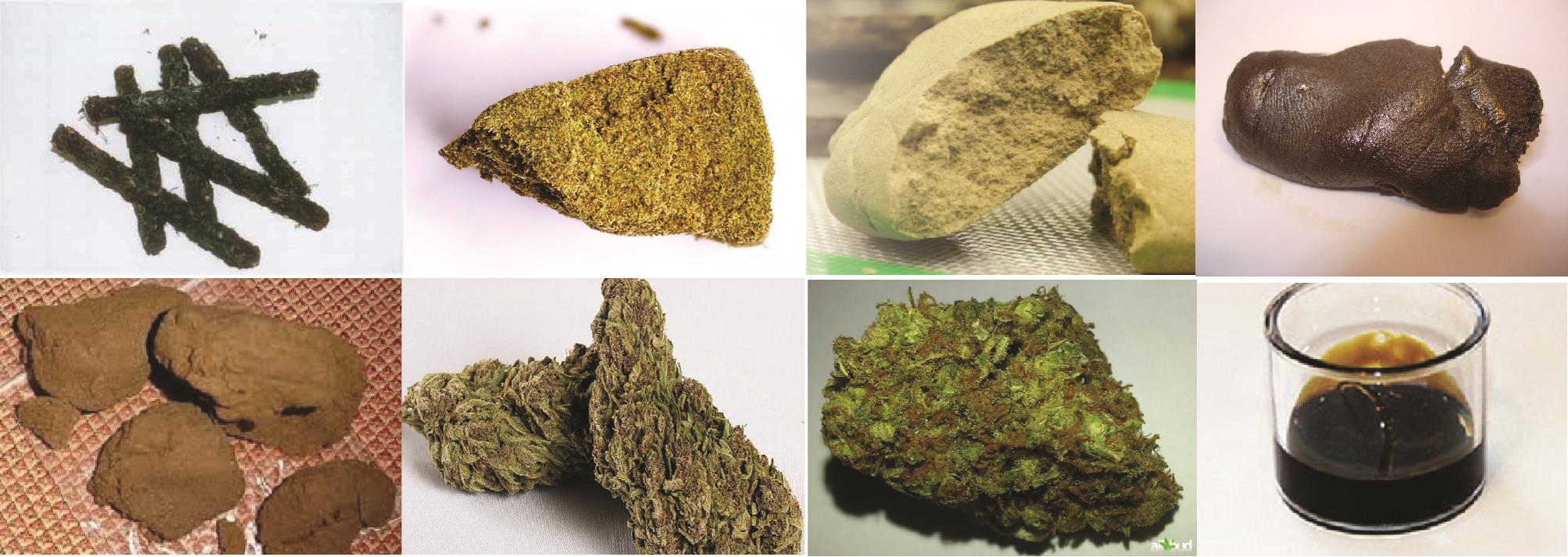
“Mesothelioma is an aggressive cancer with limited treatment options and a poor prognosis. Phytocannabinoids possess anti-tumour and palliative properties in multiple cancers, however their effects in mesothelioma are unknown. We investigated the anti-cancer effects and potential mechanisms of action for several phytocannabinoids in mesothelioma cell lines.
A panel of 13 phytocannabinoids inhibited growth of human (MSTO and H2452) and rat (II-45) mesothelioma cells in vitro, and cannabidiol (CBD) and cannabigerol (CBG) were the most potent compounds. Treatment with CBD or CBG resulted in G0/G1 arrest, delayed entry into S phase and induced apoptosis. CBD and CBG also significantly reduced mesothelioma cell migration and invasion. These effects were supported by changes in the expression of genes associated with the cell cycle, proliferation, and cell movement following CBD or CBG treatment. Gene expression levels of CNR1, GPR55, and 5HT1A also increased with CBD or CBG treatment. However, treatment with CBD or CBG in a syngeneic orthotopic rat mesothelioma model was unable to increase survival.
Our data show that cannabinoids have anti-cancer effects on mesothelioma cells in vitro and alternatives of drug delivery may be needed to enhance their effects in vivo.”
https://pubmed.ncbi.nlm.nih.gov/35954477/
We showed that several phytocannabinoids inhibited growth of mesothelioma cells, with two phytocannabinoids, cannabidiol (CBD) and cannabigerol (CBG), being the most potent. CBD and CBG also inhibited mesothelioma cell migration and invasion. Gene expression analysis highlighted signalling pathways that play a role in how CBD and CBG may exert their anti-cancer effects. CBD and CBG were unable to increase survival in a rat model of mesothelioma but this may be due to limitations in the drug delivery method.
Our data present the first report that plant cannabinoids have anti-proliferative effects on mesothelioma cells, that was associated with apoptosis, rather than autophagy or production of ROS. CBD and CBG were the most potent cannabinoids and also inhibited mesothelioma cell migration and invasion.”

 “Cancer patients experience multiple symptoms throughout their illness, and some report benefit from the use of cannabis. There are concerns that many patients are accessing products inappropriate for their situation and potentially putting themselves at risk.
“Cancer patients experience multiple symptoms throughout their illness, and some report benefit from the use of cannabis. There are concerns that many patients are accessing products inappropriate for their situation and potentially putting themselves at risk. “Phytocannabinoids are unique terpenophenolic compounds predominantly produced in the glandular trichomes of the cannabis plant (Cannabis sativa L.). The delta-9- tetrahydrocannabinol (THC) is the main active constituent responsible for the plant’s psychoactive effect and, together with the non- psychoactive cannabidiol (CBD), the most investigated naturally occurring cannabinoid.
“Phytocannabinoids are unique terpenophenolic compounds predominantly produced in the glandular trichomes of the cannabis plant (Cannabis sativa L.). The delta-9- tetrahydrocannabinol (THC) is the main active constituent responsible for the plant’s psychoactive effect and, together with the non- psychoactive cannabidiol (CBD), the most investigated naturally occurring cannabinoid.






